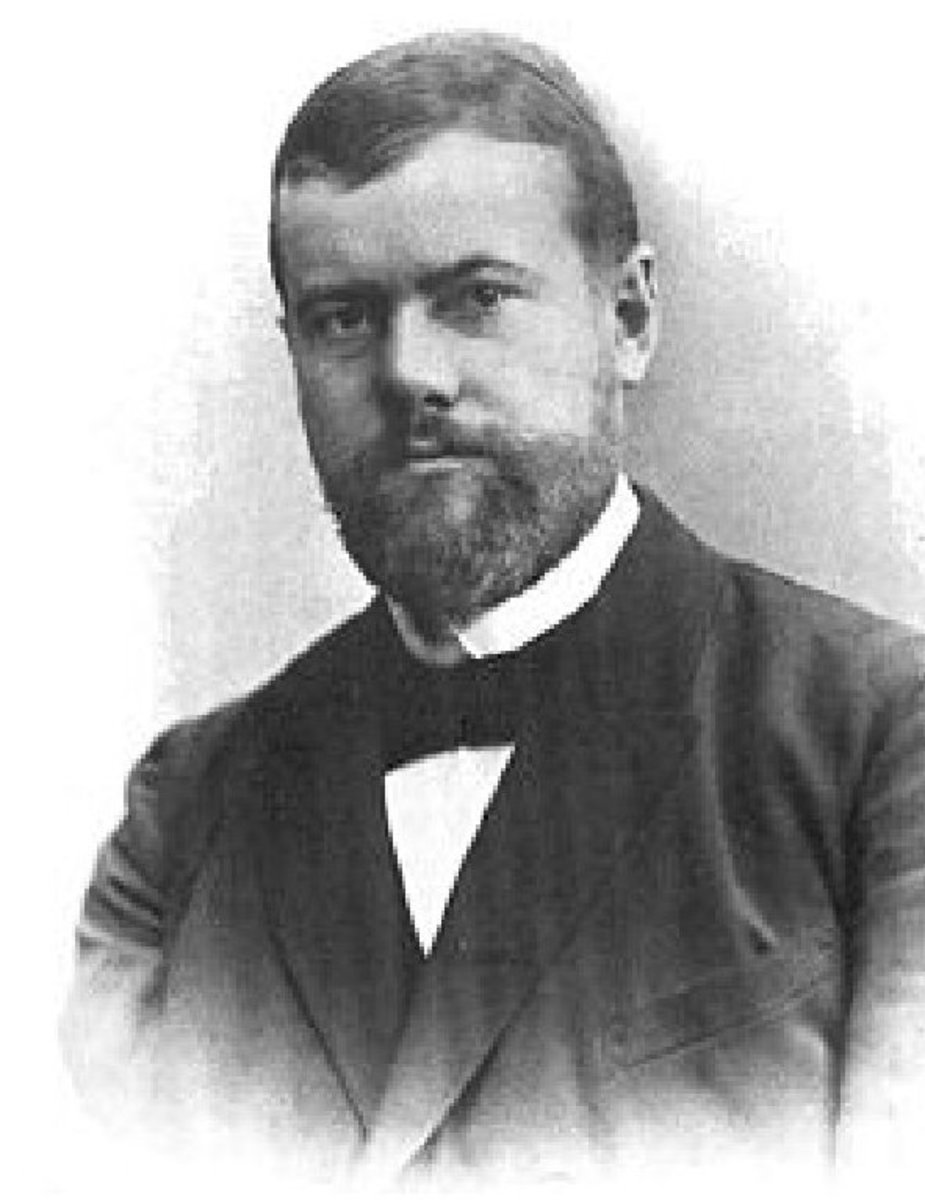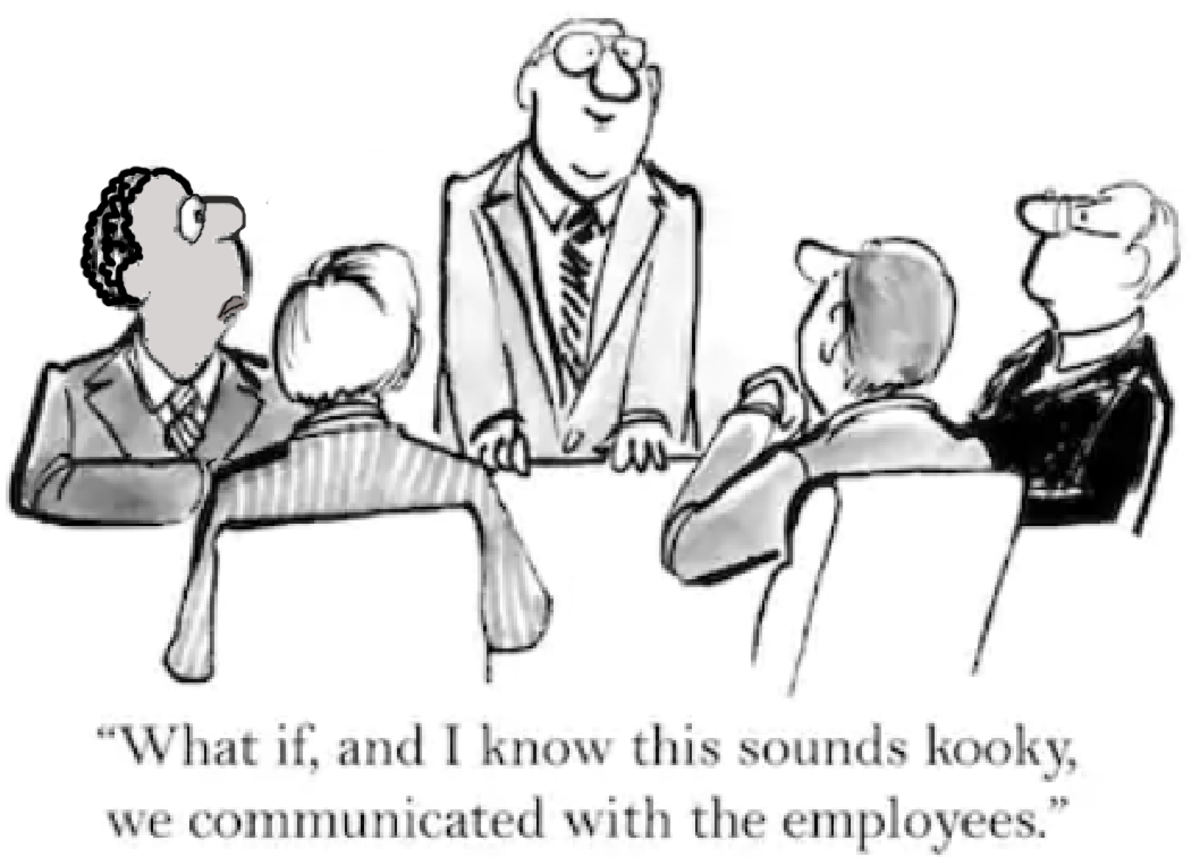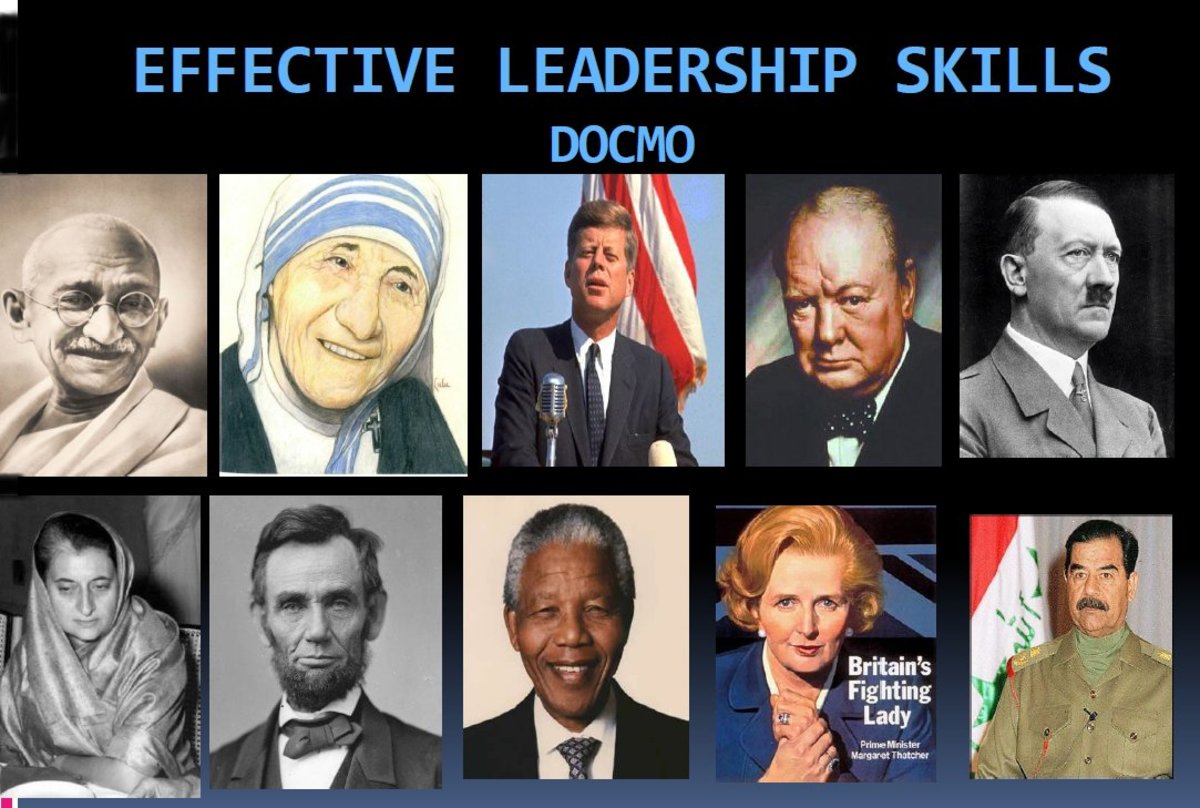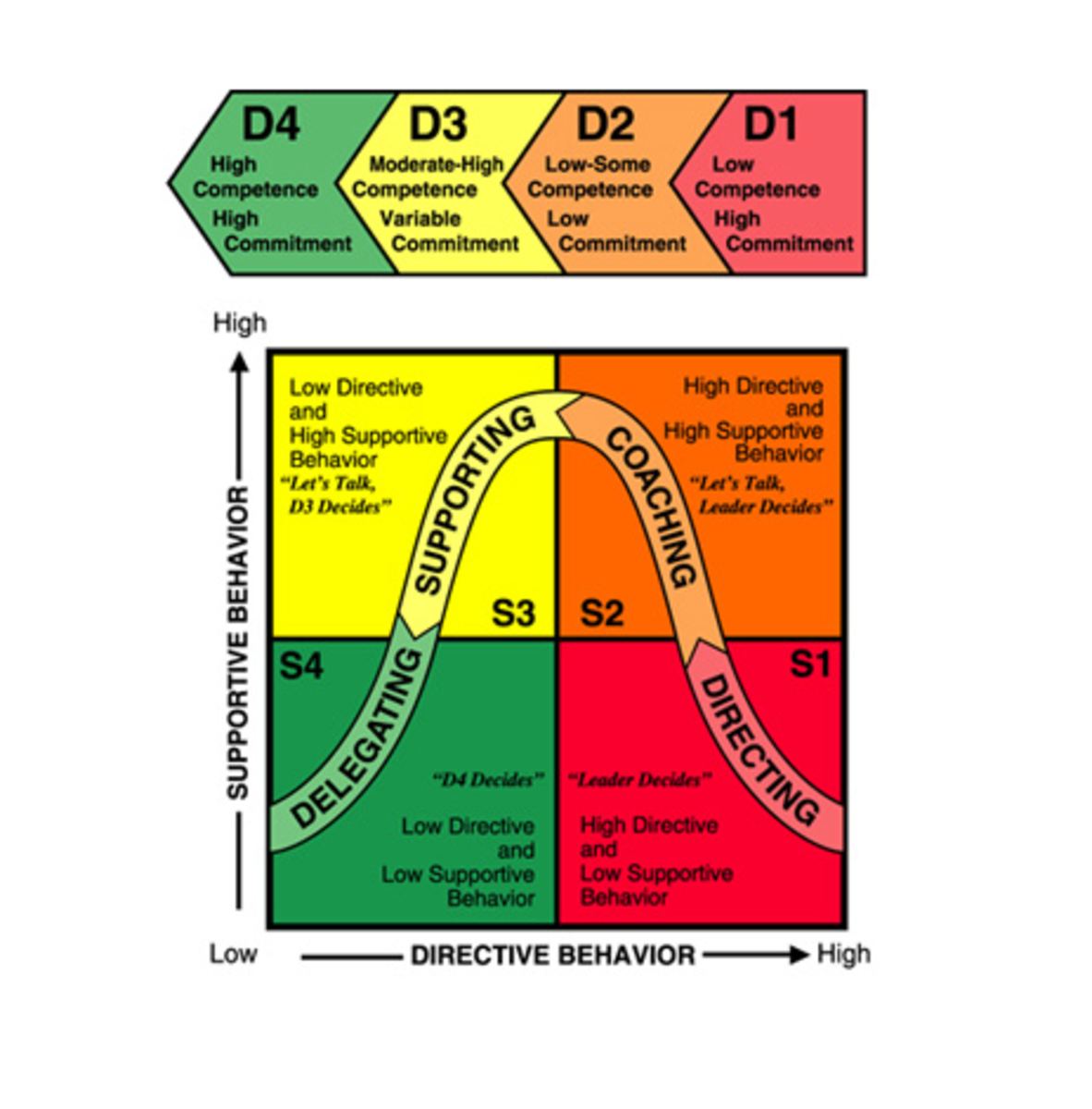The Best Practices in Effective Leadership
The Practice of Management by Peter Drucker
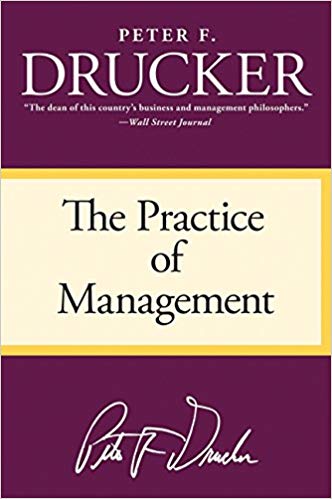
The Best Practices in Effective Leadership
Any organization, business entity, or corporation is only as strong and resilient as its leaders’ vision of the future, its wise interplay of best practices, and proper allocation and utilization of resources for the right reason, the right purpose, at the right place at the right time. Managing is more of a symbiotic relationship between the available resources and the demands of the times and season. A great leader often sees a vision of the future and carefully and systematically creates plans which will help, organize, enhance, or develop a company or organization’s potentials and possible dominance at a given market. For this purpose, this short paper is written to shed light on the intricacies and role of leadership in the success of any organization or business entity.
A Powerful Vision of the Future
Any good leader must have a powerful vision of the future. He or she must see what may happen before things happen to plan and prepare all needful things and resources in order to guarantee the survival, success, or benchmark of his or her organization. One best practice state that there must needs be a sure course of action in determining the firm’s strategic decision. The process is honestly simple but also challenging. All that a leader must do is anticipate the future events, prepare plans and contingencies for each possible future event, and make sure that resources are properly allocated and prepared in the advent of the expectations (Drucker, 2006). Utilizing the right people for the right purpose at the right time for the right reasons is the mandate; the results have to be tallied, monitored, studied, and filed for future reference in order to prevent such or similar organizational challenges, backlogs, bottlenecks, threats, and even takeovers. Planning is the key and executing the plan at the right moment for the right intentions will be the basis of effectiveness; a tally of costs and savings will determine the efficiency (Jung, 2013).
Managing Resources Portfolio
Remarkable leaders know how to manage their resources portfolio. This means that by having a strategic forward-looking plan in the first step, the proper allocation and matching of resources to the right needs is the next big challenge. There are numerous practices involved in the resources portfolio and here are some of them: reserves must always be available to prevent delays on all the management and marketing activities; documenting results and activities are crucial for analyzing and assessing market behavior and volatility; standards are upheld and observed to guarantee quality and quantity of produce in relation to demands; integration of best practices in all levels are monitored for measurement and future decision-making; and processes are measured, studied, monitored, and tested for system upgrades or possible enhancement or development (Pennypacker, 2008). All these constitute but a small part of the practices involved in the entire umbrella of resources portfolio management yet by focusing on these alone may merit the organization a considerable advantage over competitors who do not do so.
Sustaining Effective Organizational Culture
If the entity has the right plans and there are ready resources available for all plans, then the best shared values, assumptions, and beliefs of the entity has to be continually nurtured. The reason behind this is simple and clear: people who share the same belief systems usually share the same vision. This comes full circle from the first step. If a system moves in unison all the time or based on the intended and programmed behavior, the organization can easily function without delay. LTC Tirtan Catalin wrote in his 2011 article that: “Organizational culture shapes its members in the same way as personality shapes an individual and defines what the organization is willing to do. An organization should not only emphasize cost-effectiveness without making certain that its people are working in a ‘healthy’ organizational culture” by focusing in proper and regulated ethical practices (p, 61). Note the key phrases ‘willing to do’ and ‘people working in a healthy organizational culture.’ A great leader knows that for people to work in unison achieving the shared vision of the future, they must first see, feel, and enjoy the existing organizational culture in the workplace. This way, no one questions the authority and commands or even policies; they just all happily do what they think is best for the organization because they now share common goals.
Emphasizing Ethical Practices
There is no point in achieving something or becoming someone in the society or community if in the course of action to achieve success ethical considerations were not exercised. Having ethical practices within the organization serves as the moral, legal, social, and even spiritual filter of decisions and actions. Cheating or manipulation of data for the achievement of fame and honor automatically demerits the image of the organization (Sharen, 2012). Great leaders know better than to cheat; they follow the proper code of ethics.
Establishing Balanced Organizational Controls
Finally, the best methodology to guarantee that there will be a sure ethical code in the organization is to establish organizational controls. These are the procedures, guidelines, rules, policies, limitations, and even protocols which will ensure that resources are not wasted, no one cheats, things are working as intended, and everything is in its proper order, function, and timetable (Ashe-Edmunds, 2018). If all these will be done, there is a sure win-win situation for the organization and its people. The only real challenge is to gradually build all these from the ground up and hope that the people will see what the leader sees and will be enjoined in creating the best work environment due to mutual trust and respect.
References
Ashe-Edmunds, Sam. (2018). How organizational control is important to organizational performance. Chron. www.smallbusiness.chron.com. N.p. Retrieved from: < https://smallbusiness.chron.com/organizational-control-important-organizational-performance-76209.html>
Catalin, Tirtan LTC. (2011). Organizational Culture. Defense Resources Management. 61 – 89. http://www.codrm.eu/conferences/2011/12_tirtan.pdf
Drucker, Peter. (2006). The Practice of Management. Harper Collins Publisher. Pp. 1 – 123. https://www.harpercollins.com/9780060878979/the-practice-of-management/
Jung, Andrea C. (2013). “Strategic Leadership,” Web. www.swlearning.com. Pp. 375 – 392. Retrieved from: < http://www.swlearning.com/management/hitt/sm6e/hitt_sm6e_372_405_ch12.pdf>
Pennypacker, James S. (2008). Portfolio resource management, Project Management Institute. Web. www.pmi.org. Np. Retrieved from: < https://www.pmi.org/learning/library/portfolio-resource-management-six-characteristics-7022>
Sharen, Colleen. (2012). Strategic # Leadership & Ethical Practices. Thinking is Hard Work. N.p. https://colleensharen.wordpress.com/2012/04/23/strategic-leadership-ethical-practices/


